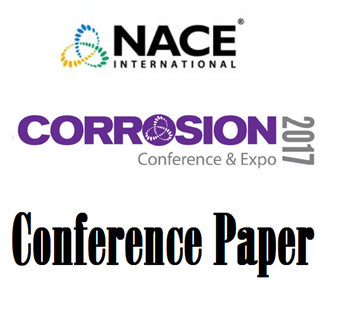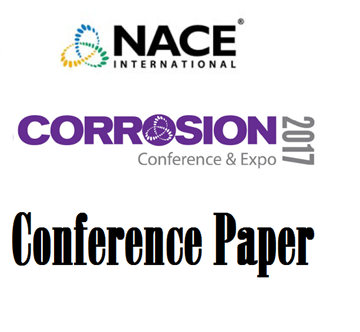Search
11044 Evaluation of High Temperature Cracking Risk of Stainless Steels in Presence of Zinc Silicate
Also Purchased
Evaluation of the Potential for Liquid Metal Embrittlement of 304L Stainless Steel by Galvanized Fasteners in an Industrial Fire Scenario
Product Number:
51317--9192-SG
ISBN:
9192 2017 CP
Publication Date:
2017
$20.00
07006 INORGANIC ZINC PRIMER VS ORGANIC ZINC PRIMER: (an end-user point of view ).
Product Number:
51300-07006-SG
ISBN:
07006 2007 CP
Publication Date:
2007
$20.00
Challenging the Performance Myth of Inorganic Zinc Rich vs Organic Zinc Rich Primers
Product Number:
51317--9127-SG
ISBN:
9127 2017 CP
Publication Date:
2017
$20.00




